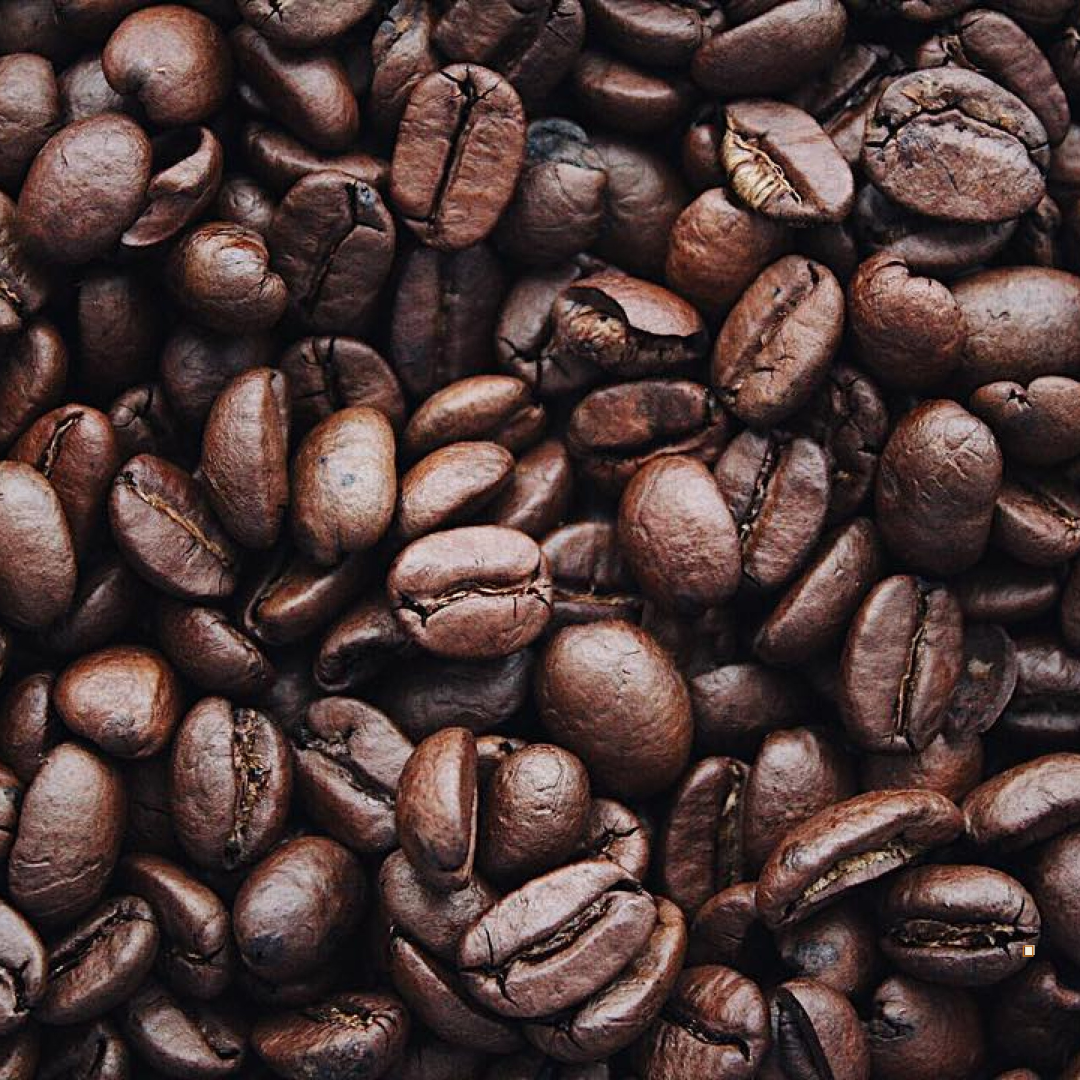
From Seed to Cup: The Blue Mountain Jamaican Coffee Farming Process
When it comes to understanding the true complexity of coffee, nothing quite compares to the journey of Blue Mountain Jamaican coffee from seed to cup. Over the years, I’ve worked closely with importers who help us source premium beans from Jamaica’s famed Blue Mountains, discovering how intricate and rewarding this coffee’s lifecycle can be. For home coffee brewers who appreciate exotic flavors, getting to know the steps behind cultivating these beans is not just about intellectual curiosity—it’s about understanding what makes that cup in your hands taste so extraordinarily special.
Unveiling the Mountain’s Mystique
High up in the Blue Mountains of Jamaica, the soil, climate, and altitude conspire to produce something magical: a coffee bean that’s subtle yet complex, sweetly fragrant, and incredibly well-balanced. These lofty peaks offer just the right combination of moisture, sunlight, and natural shade to encourage slow ripening. The prolonged development time lets each bean soak up more nutrients and develop a delicate structure that later translates into that famously smooth, almost creamy profile. When you choose this coffee, you’re not just selecting a beverage—you’re savoring a product of nature’s perfect orchestration.
The Foundation of Flavor
Every amazing cup begins as a tiny seed planted with hope and care. Local coffee farmers, working through our trusted import partners, carefully choose the healthiest seeds to place into prepared nursery beds. While I can’t speak for every farmer’s secret techniques, I know that an incredible amount of attention goes into ensuring that each seedling receives exactly the right amount of water, sunlight, and protection. Over time, the seedlings graduate into young coffee trees, developing strong roots and sturdy branches. As they mature, these trees come to bear clusters of coffee cherries—small, bright fruits that hint at the delicacies tucked inside. Within each cherry lies the precious, pale-green bean waiting to be revealed.
Harvesting with a Gentle Hand
Once those cherries reach the perfect shade of red, it’s time for careful harvesting. Skilled hands pick them at their peak, ensuring that no under-ripe or overripe fruit slips through. This meticulous selection is crucial: it protects the flavor integrity and maintains the high quality that jamaican coffee is known for. After the harvest, the cherries often undergo a washing process where the pulp is removed. Some farmers opt for a more traditional, sun-drying approach, while others use mechanical methods. In either case, the goal remains consistent—coaxing out the natural sugars and flavors that give these beans their signature character.
Transforming Cherries into Green Beans
Before those precious beans ever see a roaster, they must be dried and milled. The drying process reduces the moisture content to safe, stable levels, ensuring that the beans can travel long distances without spoiling. Once dry, a layer of parchment still clings to them—this must be milled away to reveal the raw green beans inside. After milling, the beans are sorted and graded, separating only the finest specimens for roasting. Each step is a small but significant brushstroke on a canvas that will become your cup of Blue Mountain coffee. It’s a meticulous dance requiring both an artisan’s eye and a farmer’s patience.
The Art of Roasting to Perfection
This stage is where I love to get involved. Roasting these beans transforms their dormant flavors into a vibrant bouquet of aromas and tastes. The moment these beans hit the heated drum, a chemical symphony begins. Sugars caramelize, essential oils are released, and the beans’ green hue morphs into varying shades of brown. As a roaster, I aim to highlight the coffee’s bright yet subtle acidity and velvety body, leaving behind any harsh notes. Roasting is as much art as science—too light, and you lose complexity; too dark, and you drown out the beans’ natural nuances. The ideal roast reveals the coffee’s complexity without overshadowing its elegant sweetness.
Grinding and Brewing: The Final Steps
After roasting, the beans rest, allowing the flavors to settle into a harmonious balance. When they finally arrive in your kitchen, the magic is in your hands. The grind size and brewing method you choose can coax out different flavor attributes. A finer grind might highlight subtle floral notes, while a slightly coarser one accentuates caramel and chocolate undertones. Whether you opt for a meticulous pourover or a French press, remember that these beans are a product of patient farming and careful crafting. Take a moment to inhale the aroma, savor the first sip, and appreciate the full journey these beans have taken before reaching your cup.
Overcoming Challenges on the Journey
From unpredictable weather to pests and diseases, coffee farming in the Blue Mountains is not without its hurdles. The slopes and altitude that create the ideal conditions also make farming more labor-intensive and logistically challenging. Any disruption in the delicate balance of sun, rain, and shade can alter the final character of the bean. Yet, the farmers persevere, adapting and innovating to ensure the coffee they produce retains its distinctive identity. This is what makes Blue Mountain coffee such a treasured find: it’s the result of a delicate relationship between people, plants, and the environment itself.
Bringing the Mountain to Your Home
At Frontier Coffee Roasters, we know how much you value experiencing extraordinary coffee in the comfort of your own kitchen. To help you enjoy Blue Mountain Jamaican Coffee at its very best, we’ve overcome supply challenges by offering a curated selection of coffee varieties. Our small-batch roasted beans—and premium options like our Blue Mountain Jamaican Coffee—are delivered right to your door, ensuring every cup you brew is fresh, authentic, and of the highest quality.
We believe that the ultimate coffee experience comes from appreciating the entire journey—from seed to cup. To learn more about the rich story behind our beans and our commitment to excellence, visit our Blue Mountain Jamaican Coffee Hub and explore our broader dedication to quality at the Frontier Coffee Roasters Coffee Hub. For additional details about our mission and offerings, check out our main website at Frontier Coffee Roasters.
We’re here to make the story of exceptional coffee accessible, enjoyable, and downright delicious. Enjoy every sip!

